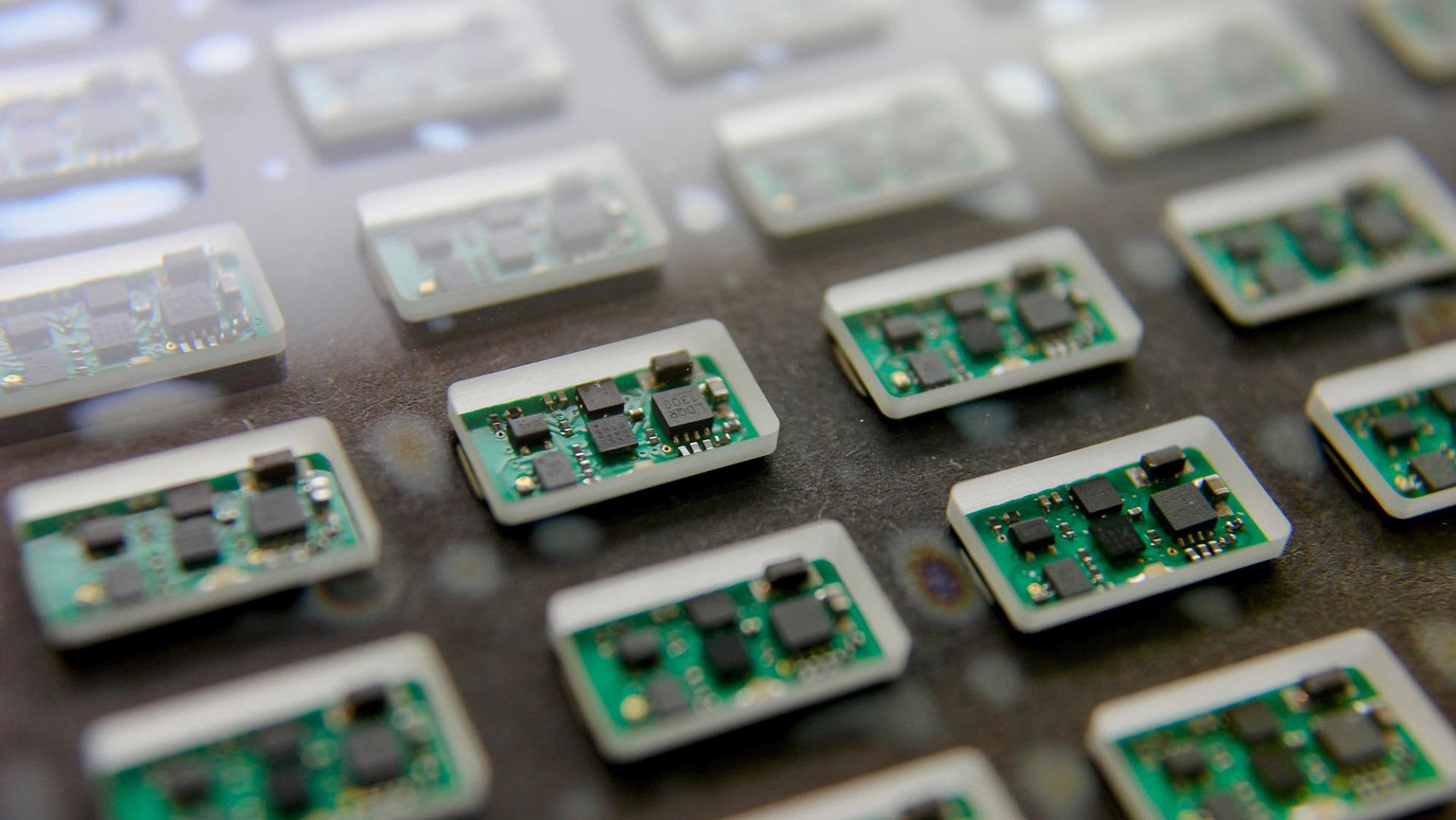
Phantom Limb Pain
Phantom limb pain occurs when a person feels pain from a body part that is amputated. Normal input to the brain is lost when the part is removed. But adjacent brain functions sometimes move into the inactive brain region and cause hyperactivity and the sensation of pain.
Targeted Plasticity Therapy (TPT) offers the promise of using the brain’s natural ability to reorganize to treat phantom limb pain and other neurological disorders. When the vagus nerve in the neck is stimulated, chemicals in the brain are released, strengthening connections.
By pairing vagus nerve stimulation with stimuli, researchers may be able to prompt specific forms of plasticity, or reorganization. A treatment for phantom limb pain could be developed by pairing vagus nerve stimulation with touch, reversing the effects of harmful plasticity and overcorrection after trauma.
The Next Step
Our goal is to fund the next phase of Targeted Plasticity Therapy to treat phantom limb pain and to dramatically reduce the cost to deliver this therapy to patients.
